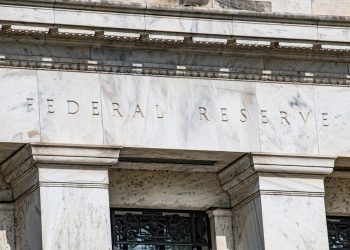RISMEDIA, January 7, 2010—A recent Men’s Journal featured an article titled “What I learned from My Father, the Grifter – A lifetime of lessons on money from a con man” by Pat Jordan. The article detailed many business and financial lessons learned from a professional con man.
Here’s an interesting quote from the article:
“I know he would not approve of my mortgage, my car payments, my credit card, my monthly “nut,” which I can sometimes cover, but which often overwhelms me. That’s a gambler’s term – the minimal expense he needs to support his family. My father has always kept his “nut” to a minimum – rented apartments, cheap secondhand cars, no frills. No matter what, he always told me, a man has to meet his “nut.”
This advice is extremely valuable for us to consider for our real estate businesses. The lower your “nut,” the more freedom you have in your business. The higher your “nut,” the less freedom you have in your business.
What it really seems to boil down to is:
-If your “nut” is lower, you own your business.
-If your “nut” is higher, your business owns you.
Or I can put this another way:
-If your “nut” is lower, you can work less and enjoy life more.
-If your “nut” is higher, you must work more and enjoy life less.
Bottom line – Your “nut” ultimately dictates how much happiness and freedom you’ll have in life.
There are 5 basic ways you can lower your “nut” and eliminate negative cash flow in your business.
Eliminate: This is easy to understand. Simply stop using the service or product and eliminate the expense all together. An example from my business was a voice broadcasting service I used in my marketing. I would send automatic voice broadcasts to prospects marketing various items for my business. The “Do Not Call” laws virtually eliminated voice broadcasting. This expense became easy to eliminate.
Minimize: Try and reduce your expenses. You might be surprised to find that you could get a reduction in many of your expenses simply by asking. Or if you can’t minimize, see if you can use the product or service less and negotiate a lower rate. For example, I have a bookkeeper help out with paying bills, reconciling accounts and preparing financial statements. She works one day a week. I could change her schedule to one day every other week, which would cut this expense in half.
Reversing the Negative Cash Flow: This is a profound concept and can change your business dramatically. The idea of reversing cash flow is to generate income specifically to offset the expenses you must incur in your business.
Targeted Investing: Invest into an asset that provides you with income to cover a specific expense for your business. For example, let’s assume you pay $100 a month for utilities. Can you invest into something which pays the equivalent of $100 a month or $1,200 a year to offset this expense? There are many stocks available that pay dividends. A few examples would be Nike (pays a quarterly dividend of 27 cents a share) or Campbell’s Soup (pays a quarterly dividend of 27.5 cents a share) and Sysco (pays a quarterly dividend of 25 cents a share).
Restructure Expenses to Pay When Income is Received: The last way to eliminate negative cash flow in your business is to try and restructure or renegotiate expenses so they’re only paid when income is received. Almost as if they are to be deducted from your commissions. This way you don’t have to pay for the expense before getting paid.
Rob Minton, who reinvented his real estate sales business to sell 269 homes to a limited number of clients in one year, has written a very practical book on how real estate agents can sell more homes. For a limited time, you can download this book for free by visiting http://www.FreeRenegadeBook.com.










